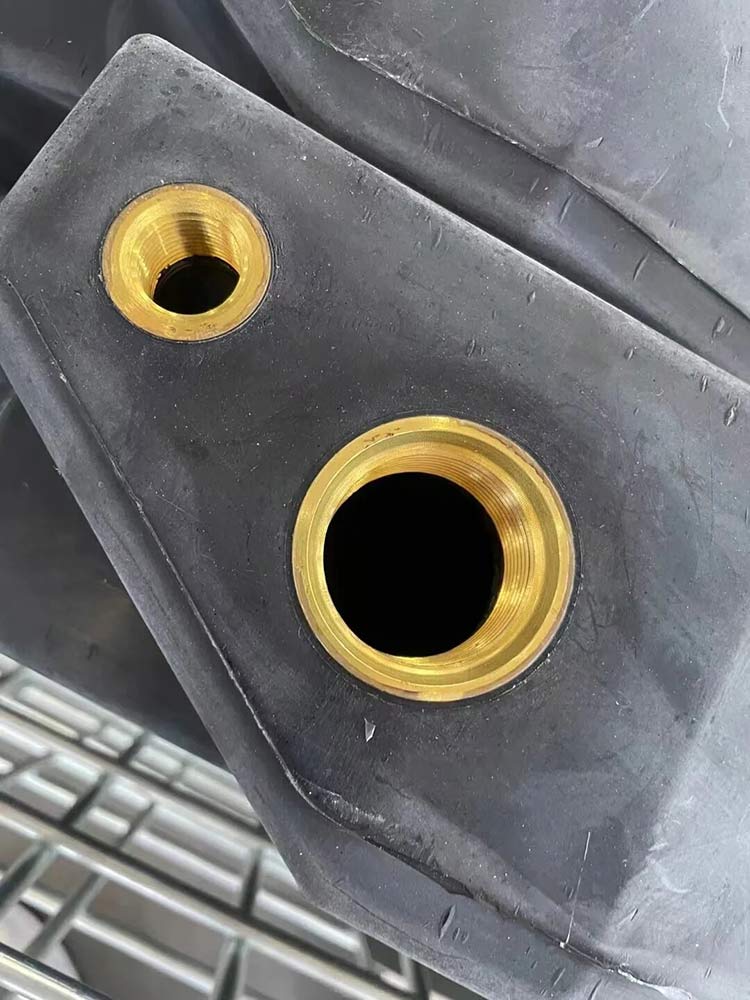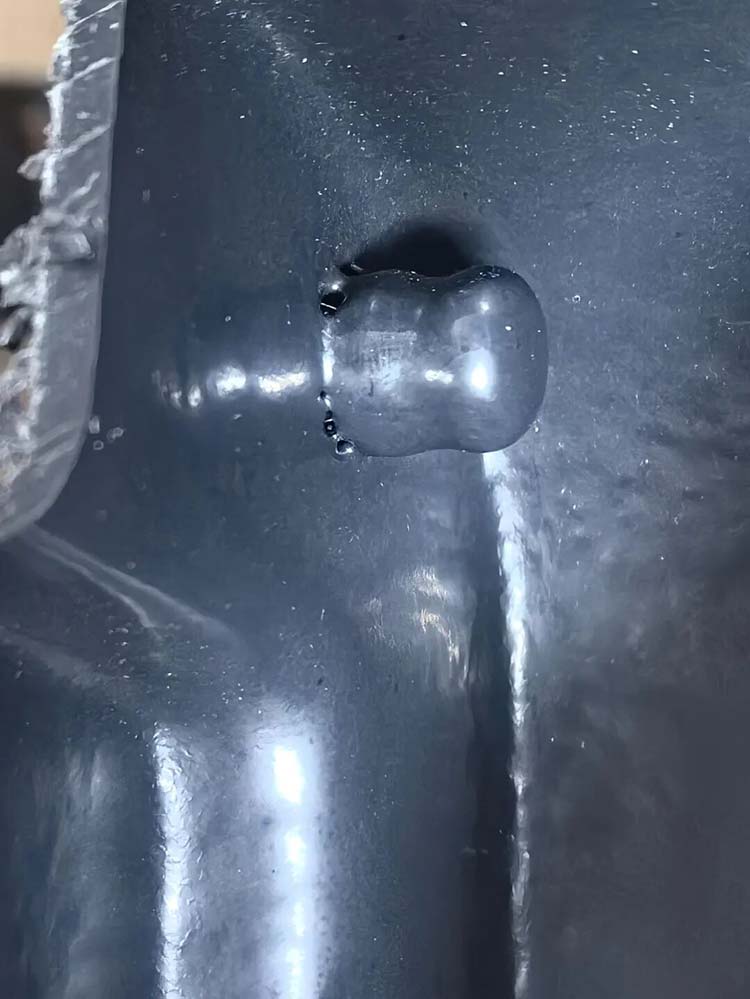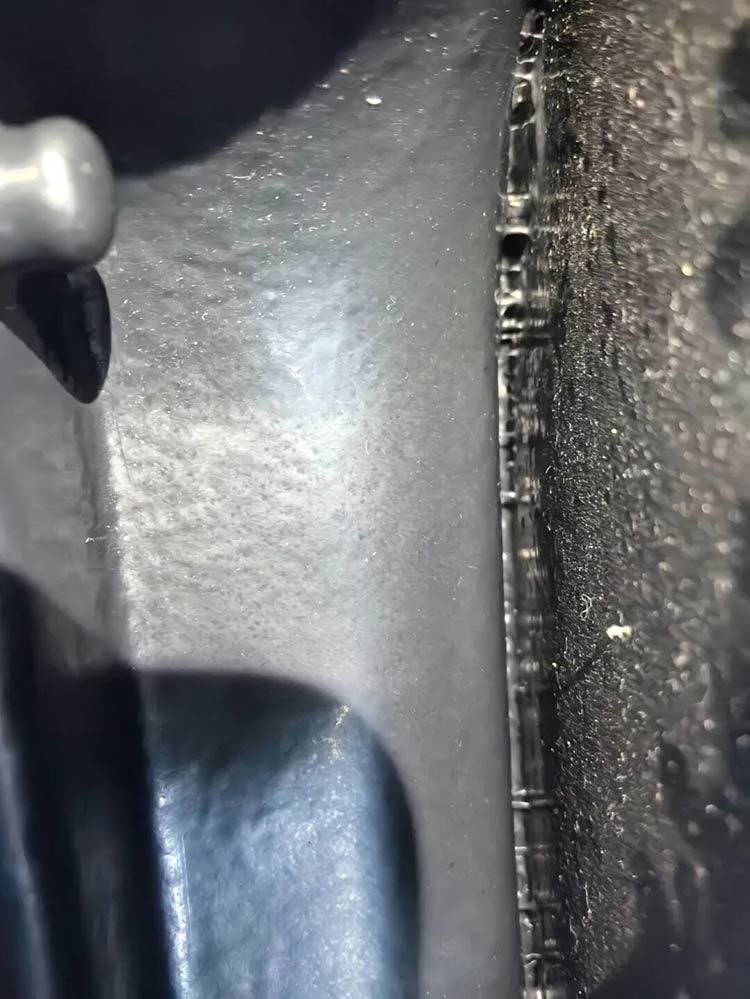
- English
- Español
- Português
- русский
- Français
- 日本語
- Deutsch
- tiếng Việt
- Italiano
- Nederlands
- ภาษาไทย
- Polski
- 한국어
- Svenska
- magyar
- Malay
- বাংলা ভাষার
- Dansk
- Suomi
- हिन्दी
- Pilipino
- Türkçe
- Gaeilge
- العربية
- Indonesia
- Norsk
- تمل
- český
- ελληνικά
- український
- Javanese
- فارسی
- தமிழ்
- తెలుగు
- नेपाली
- Burmese
- български
- ລາວ
- Latine
- Қазақша
- Euskal
- Azərbaycan
- Slovenský jazyk
- Македонски
- Lietuvos
- Eesti Keel
- Română
- Slovenski
- मराठी
- Srpski језик
Defect Resolution: Rotational Molding Fuel Tank Science Popularization -2 - Principles and Solutions to Coating Problems ①
2025-10-29
Today, we are going to explore the coating problems encountered in the rotational molding process of plastic fuel tanks and their solutions.

When processing plastic fuel tanks through rotational molding, enterprises often encounter problems with the covering of inserts, resulting in the appearance of substandard products.

The wrapping problems mainly manifest in three categories: failure to wrap, loose wrapping and holes. Among the three relationships, failure to wrap is a representation issue, while poor wrapping and having holes are performance problems. The problem of holes mostly occurs as a manifestation of not being able to enclose.
First, let's introduce the first part: the problem of not being able to cover up. The core principles of the inlay covering problem that cannot be covered fall into two categories: one is that the material cannot enter, and the other is temperature.

Solution - Materials cannot enter
The inability of materials to enter involves the mutual interference of factors such as space, powder shape, unit flow rate, powder particle size, and the direction of rotation during equipment processing.
For instance, in terms of space issues, the positions of the inserts are often irregularly shaped, either recessed into the box or protruding outward. Whether the existing space is suitable for the entry of the selected rotational molding powder, and whether it is necessary to adjust the flow rate, rotational speed, direction, and powder size. If the space is too small and the powder is too coarse, it cannot be entered. If the space is sufficient and the powder is too fine, a bridging phenomenon will occur, resulting in a hollow bottom.

Therefore, when solving such problems, multiple real-time adjustments need to be made according to the actual situation. So as to find the most suitable method.



